Is your snack game secretly sabotaging your hydration goals? You might be sipping water like a champ, but if you’re munching on certain foods, you could still be drying yourself out—one salty bite at a time.
We usually think of hydration as a “drink more water” situation. But food plays a way bigger role than most people realize.
Some bites hydrate you like a splash of cool mist on a summer day. Others? They’re like a sun-drenched desert hike with no water bottle in sight.
So, whether you’re trying to glow from the inside out, dodge that sluggish mid-afternoon slump, or just avoid feeling like a raisin in human form, we’ve got your back.
Here are 9 foods that sneakily dehydrate you and 9 that’ll leave you feeling refreshed, energized, and ready to conquer the day—snack smarter, live juicier.
1. Salty Snacks
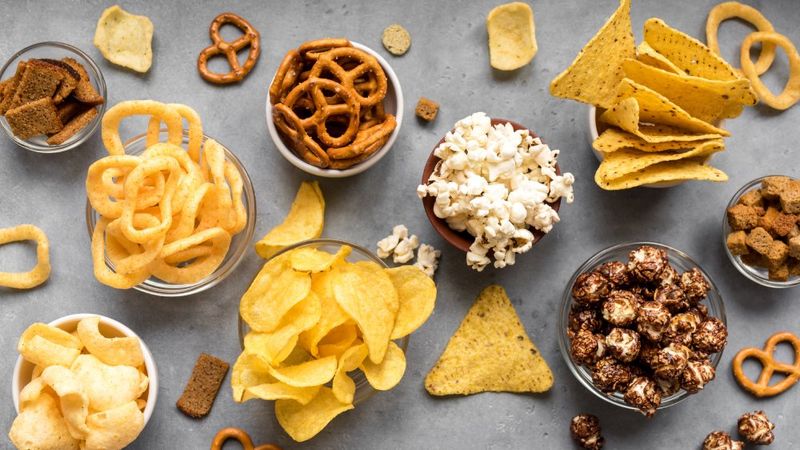
Imagine reaching for a crunchy snack, only to find yourself thirstier with every bite. Salty snacks like chips, pretzels, and salted nuts might hit the spot, but they are loaded with sodium. This sodium pulls water out of your cells, making you feel parched and drying you out in the process.
The excessive salt content acts like a sponge, soaking up the water that your body desperately needs. The more you munch, the more water you lose, prompting a cycle of thirst and snack cravings.
Stay mindful of your salt intake when enjoying these snacks. Consider pairing them with water-rich foods or drinks to balance the effects. Whether you’re watching a movie or enjoying a picnic, remember that these tasty treats can leave you feeling more dehydrated than hydrated.
2. Cured Meats
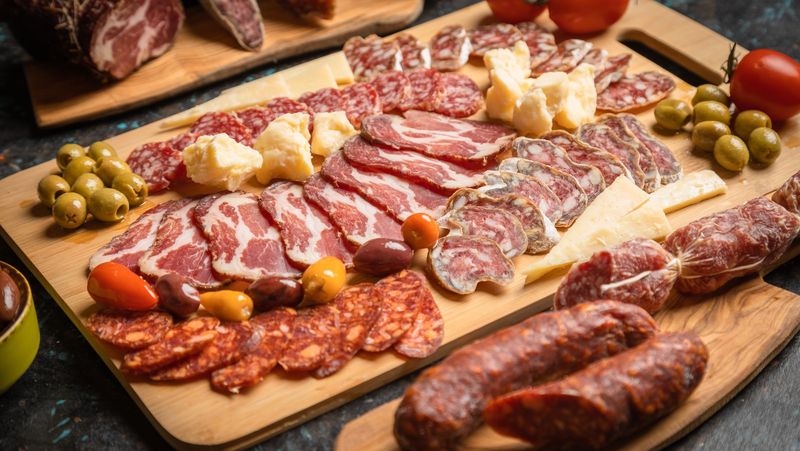
Think of bacon sizzling in the pan or salami slices on your favorite sandwich. Cured meats like bacon, salami, and jerky offer a protein-packed punch but come with a hefty dose of sodium and preservatives. These ingredients draw water from your body, leaving you at risk of dehydration.
The process of curing involves salting and drying, which not only preserves the meat but also amplifies its thirst-inducing properties. As delicious as they are, these meats can leave you reaching for an extra glass of water.
If you’re enjoying these as snacks or in meals, balance them with hydrating foods such as fresh vegetables or a refreshing drink. While they’re tempting with their rich flavors, be cautious of their dehydrating effects.
3. Fried Foods
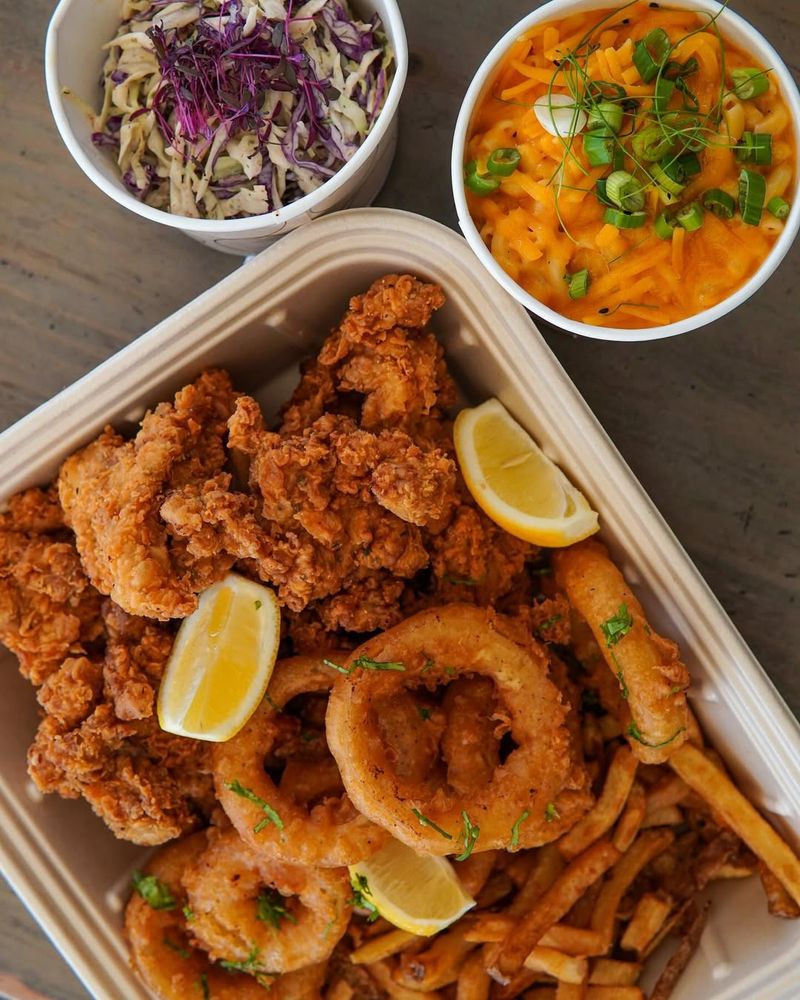
Picture biting into a crispy piece of fried chicken or enjoying the crunch of onion rings. Fried foods are undeniably delicious, but their greasy nature can burden your digestive system while offering little moisture content.
These tasty favorites, often served piping hot, may satisfy your hunger but can leave you feeling parched. The oil used in frying adds to the dehydration factor, sapping your body’s moisture reserves.
When indulging in fried foods, consider complementing your meal with a hydrating drink or side dish. The lack of water content in these foods calls for extra hydration efforts on your part. Enjoy them in moderation, and remember to drink plenty of fluids to counteract their drying effect.
4. Soy Sauce
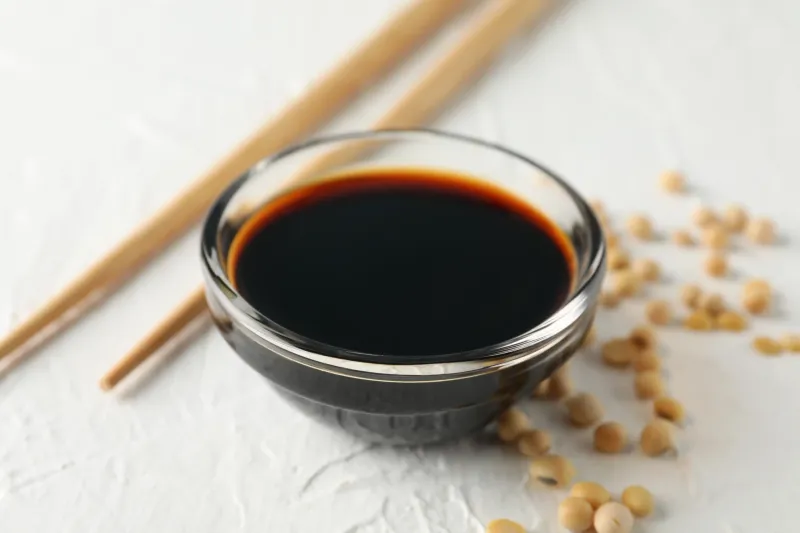
Just one tablespoon of soy sauce packs a punch with over 900 mg of sodium. It’s a flavor enhancer for your stir-fry but also a major dehydration culprit. The high sodium content draws water out of your cells, leaving you thirstier than before.
This essential seasoning can turn a healthy meal into a dehydrating one, especially if used in excess. The umami-rich taste masks the underlying effects on your hydration levels.
When using soy sauce, try to balance it with low-sodium ingredients or opt for a reduced-sodium version. Pair your dishes with hydrating vegetables or a glass of water to keep dehydration at bay. It’s a staple in many kitchens, but moderation is key.
5. Alcohol

Whether it’s a chilled beer, a glass of wine, or a vibrant cocktail, alcoholic drinks are notorious for their dehydrating effects. Acting as diuretics, they increase urination, stripping your body of essential fluids and leaving you feeling dry.
Hangovers often stem from dehydration, with symptoms like headaches and fatigue reminding you of your body’s need for water. Alcohol disrupts the balance, making hydration a challenge.
To enjoy alcohol responsibly, alternate drinks with water and stay mindful of your intake. While these beverages are common at social gatherings, ensuring adequate hydration can make all the difference in how you feel the next day.
6. Caffeinated Drinks

Morning coffee is a routine for many, and energy drinks offer a quick boost. However, excessive consumption of caffeinated beverages can lead to mild dehydration. Caffeine acts as a diuretic, encouraging frequent urination and fluid loss.
Moderate caffeine intake is generally fine, but overindulgence can send your kidneys into overdrive, depleting your body’s water reserves. The stimulating effects may mask the underlying dehydration.
To counterbalance this, enjoy caffeinated drinks alongside a glass of water. Be conscious of how much you’re drinking, especially on hot days or during physical activities. Hydration is key to maintaining energy throughout your day.
7. Processed Baked Goods
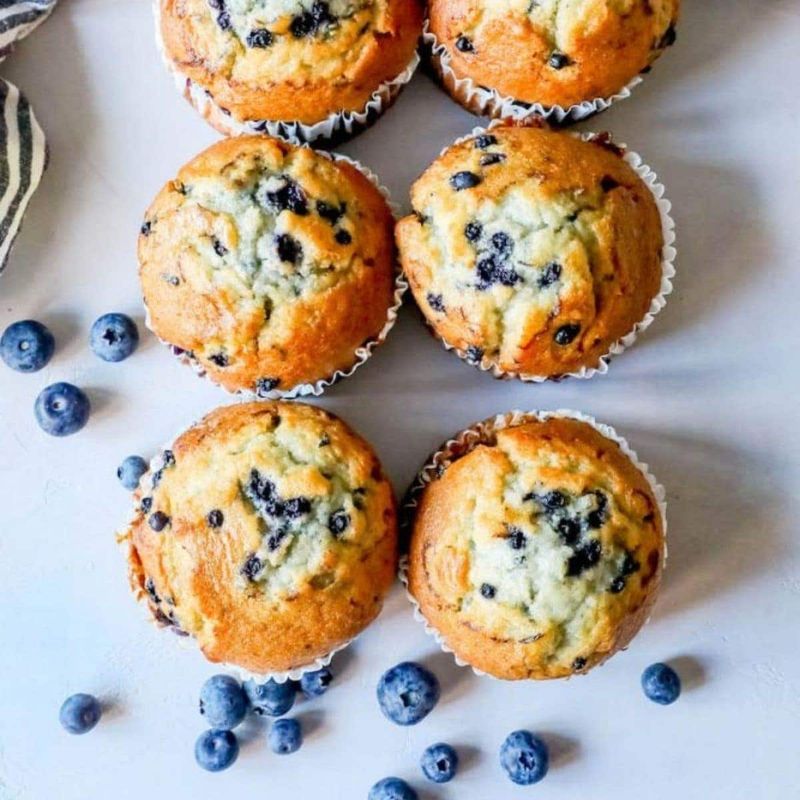
Cookies, cakes, and muffins—delicious but deceptive. These processed baked goods usually come high in sugar and low in moisture, making them sneaky dehydrators. The sugar content can draw water into your intestines, leading to fluid loss.
While they satisfy a sweet craving, they can leave you feeling drier and thirstier than before. The lack of water content and high sugar levels make them a double threat for dehydration.
When indulging in these treats, consider balancing them with hydrating beverages or water-rich fruits. Enjoying sweets in moderation and staying hydrated can help you savor these goodies without the added dryness.
8. Instant Noodles
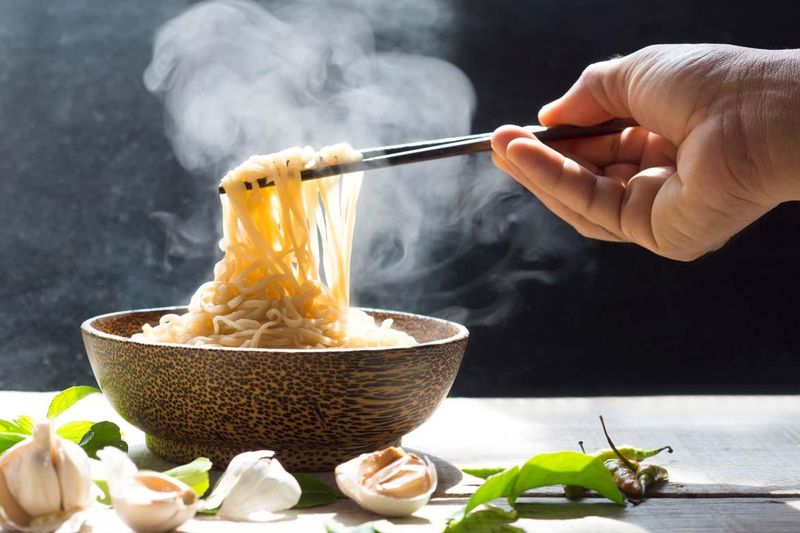
A budget-friendly meal, but with a massive sodium punch, instant noodles can be a quick fix but at a cost. One serving often contains up to 1,700 mg of sodium—over half of your daily recommended intake.
The seasoning packet, full of flavor, is perhaps the biggest hydration offender, drawing water out of your body with every bite. Despite their comforting appeal, these noodles can leave you feeling parched.
Consider adding fresh, water-rich vegetables or reducing the amount of seasoning to make your meal less dehydrating. Balancing the sodium with extra water can make your noodle fix less of a thirst trap.
9. Pickles
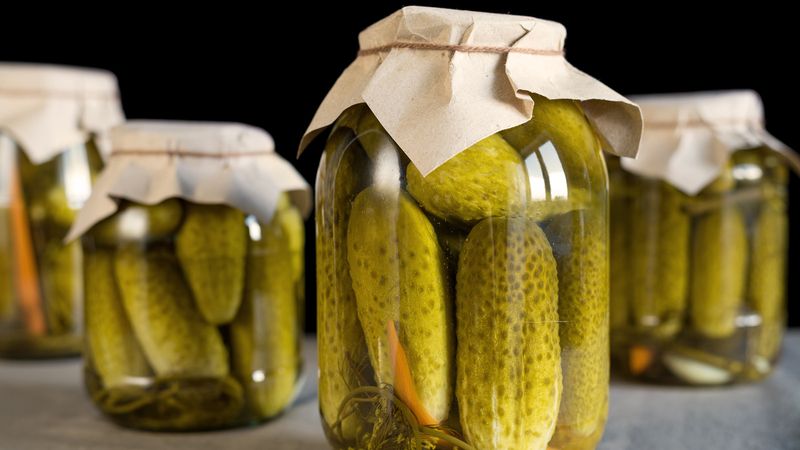
Crunchy and flavorful, pickles are a classic addition to many dishes. However, they are soaked in salty brine, making them a misleading choice for hydration. The high sodium content can actually have a drying effect on your body.
Though refreshing in taste, pickles pull water from your cells, making you feel thirstier. The brine’s appeal can mask the underlying dehydration risk, especially when consumed in large quantities.
If you love pickles, enjoy them in moderation and pair them with hydrating foods or drinks to offset the sodium impact. They add zest to meals, but be mindful of their drying potential.
1. Cucumber
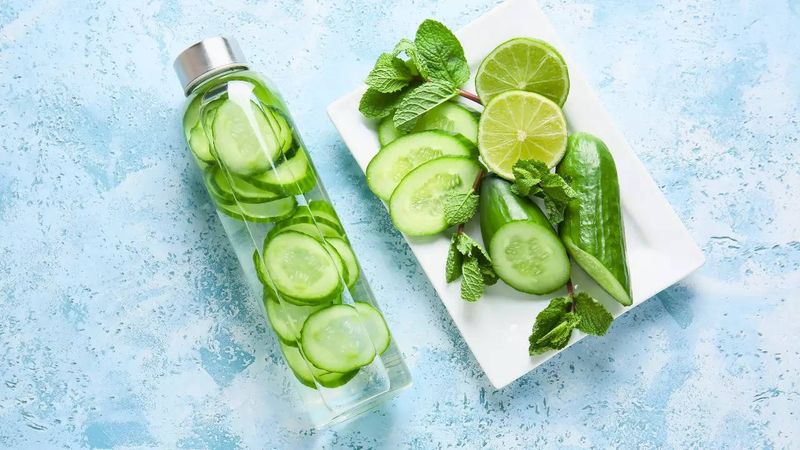
Crisp, cool, and refreshing, cucumbers are over 95% water, making them a hydrating powerhouse. Their low calorie content and high water content make them perfect for salads or even as a snack.
Adding cucumber slices to your water can give it a spa-like upgrade, providing a refreshing flavor without extra calories. This veggie not only quenches your thirst but also helps maintain your body’s fluid balance.
Incorporate cucumbers into your diet for an easy hydration boost. Whether you’re at home or at work, cucumbers are a convenient and tasty way to stay hydrated while adding a pop of green to any meal.
2. Watermelon
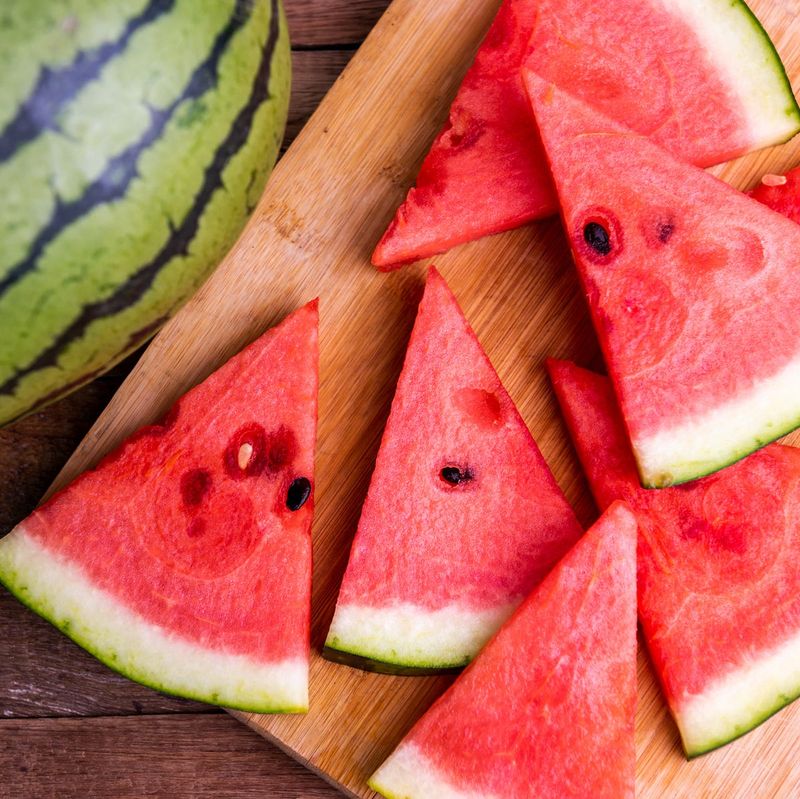
It’s called watermelon for a reason! Composed of about 92% water, this fruit is the ultimate summer refresher. Its natural sugars provide a quick energy boost, while its hydrating properties help keep you cool and refreshed.
Watermelon is not only delicious but also an excellent source of vitamins and antioxidants. Its juicy texture makes it a favorite at picnics, barbecues, and summer gatherings.
Enjoy watermelon on its own, in fruit salads, or blended into smoothies. Its vibrant color and sweet taste make it a delightful way to stay hydrated and nourished during hot days or after physical activities.
3. Strawberries
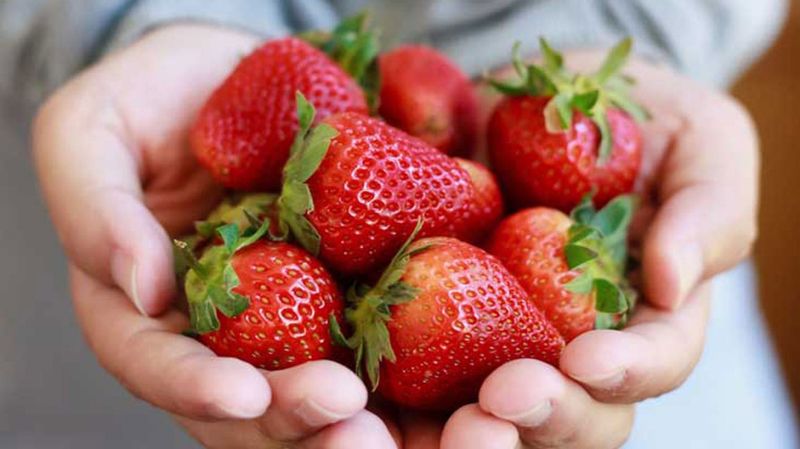
Sweet, juicy, and bursting with flavor, strawberries are composed of 91% water, making them a hydrating treat. Their rich antioxidant content, including vitamin C, offers additional health benefits.
Strawberries are versatile—enjoy them fresh, in desserts, or blended into smoothies. Their natural sweetness makes them a delightful snack that also keeps you hydrated.
Include strawberries in your daily diet for a sweet way to boost your hydration. Their bright red color and refreshing taste make them a visually appealing and nourishing addition to any meal or snack.
4. Lettuce (Romaine or Iceberg)
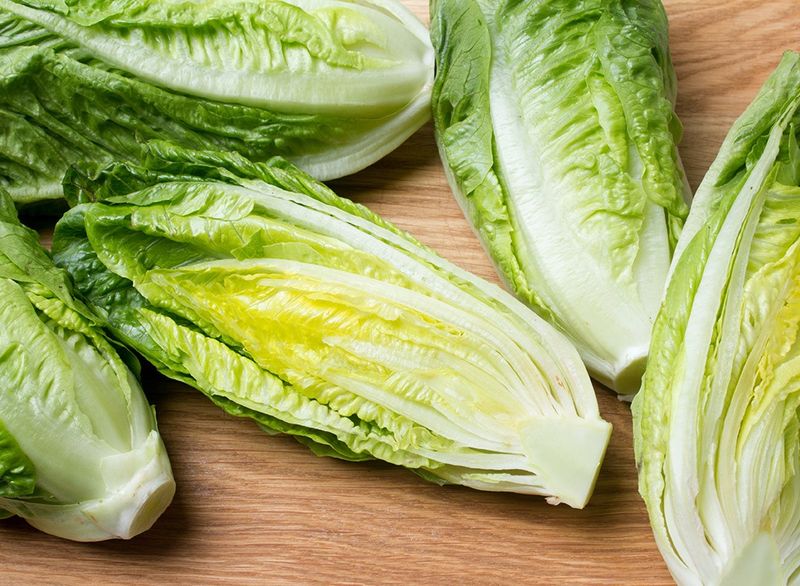
Leafy greens like romaine and iceberg lettuce are crisp, refreshing, and water-rich. With a high water content, they serve as the perfect base for hydrating salads and wraps.
Low in calories and high in nutrients, lettuce adds a satisfying crunch to meals without weighing you down. It’s an effortless way to boost your water intake while enjoying a nutritious meal.
Incorporate lettuce into your salads, sandwiches, and wraps for a simple and effective hydration strategy. Its mild flavor and satisfying texture make it a versatile ingredient in countless dishes.
5. Celery
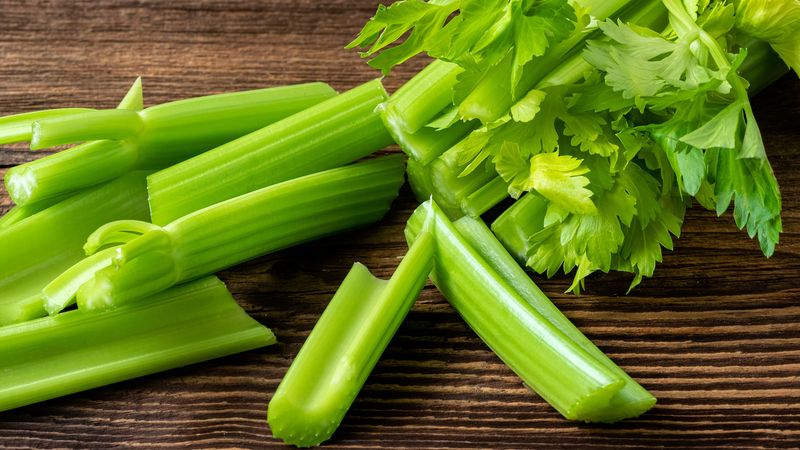
With crunch that satisfies and over 95% water content, celery is a hydrating champion. Its crisp texture and subtle taste make it an ideal snack or addition to salads.
Celery’s low calorie content and natural hydration properties help maintain your body’s fluid balance. It’s a simple and tasty way to ensure you’re getting enough water throughout the day.
Add celery to your diet for a refreshing crunch that supports hydration. Whether eaten alone or with dips, its versatility and hydrating powers make it a valuable addition to any meal plan.
6. Oranges
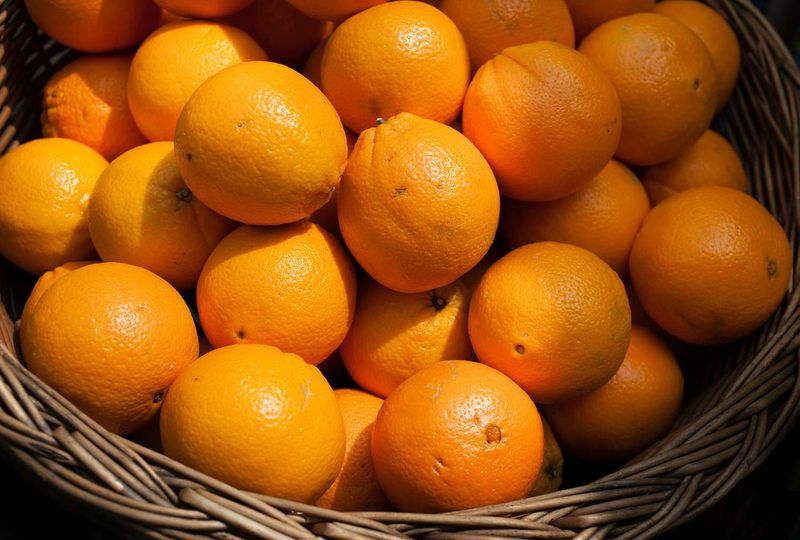
Juicy and vibrant, oranges are about 86% water and packed with vitamin C. They not only quench your thirst but also boost your immune system, making them a healthy and hydrating snack.
Oranges can be enjoyed in many ways—fresh, juiced, or added to fruit salads. Their bright color and zesty flavor make them a delightful addition to your daily nutrition.
Incorporate oranges into your diet for a sweet and tangy hydration boost. Their refreshing nature and health benefits make them a popular choice for those seeking both nourishment and hydration.
7. Zucchini
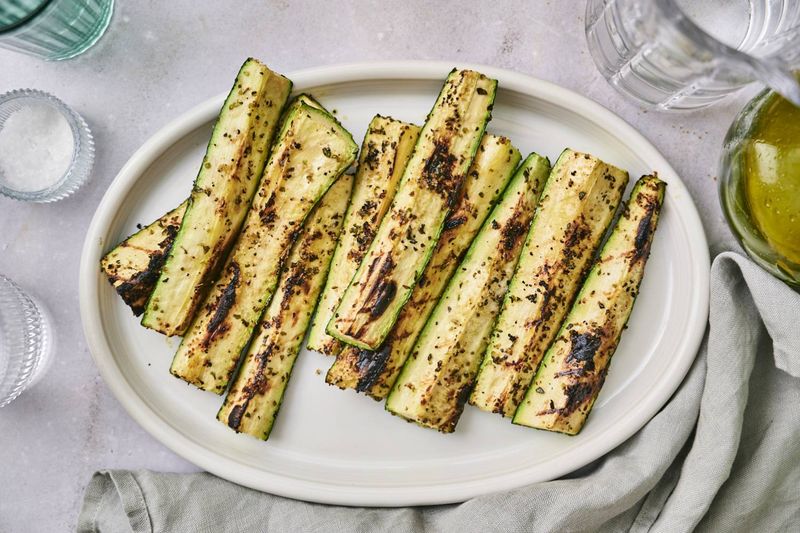
Grilled, spiralized, or sautéed, zucchini is more than 90% water, making it a versatile and hydrating addition to meals. Its mild flavor and tender texture make it an excellent ingredient for various dishes.
Zucchini can be used in salads, pastas, and side dishes, providing both flavor and hydration. It’s an easy way to incorporate more water into your diet without sacrificing taste.
Add zucchini to your meals for a nutritious and hydrating option. Its adaptability in cooking and high water content ensure that you stay refreshed and satisfied, no matter the occasion.
8. Tomatoes
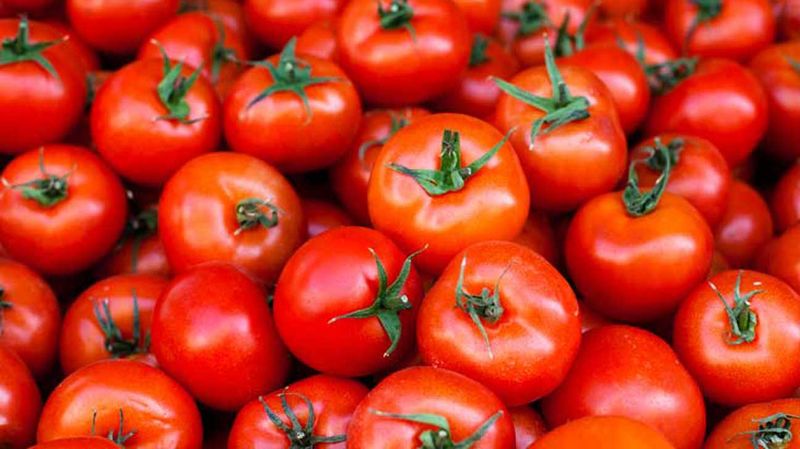
Juicy and full of flavor, tomatoes are an essential part of many dishes. Whether it’s cherry tomatoes in a salad or slices on a sandwich, their hydrating properties and rich lycopene content make them a valuable addition to your diet.
Tomatoes are over 90% water, providing hydration with every bite. Their vibrant color and taste enhance the appeal of any meal, while offering antioxidants that support overall health.
Include tomatoes in your daily meals for a tasty and hydrating experience. Their versatility in cooking makes them a staple in kitchens worldwide, helping you stay refreshed and nourished.
9. Coconut Water
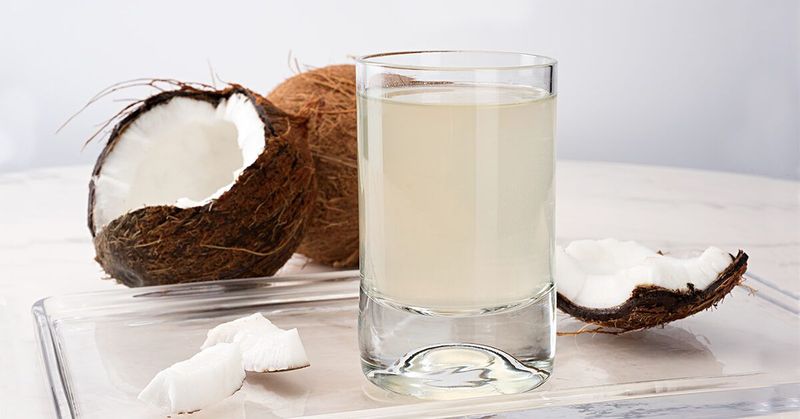
Although not technically a food, coconut water deserves a spot on this list for its exceptional hydrating properties. Packed with natural electrolytes, it’s an ideal drink to replenish lost fluids, especially after exercise.
Coconut water hydrates better than most sports drinks, without the artificial additives. Its refreshing taste and nutrient content make it a popular choice for hydration in tropical climates.
Sip on coconut water for a natural hydration boost. Whether enjoyed straight from the coconut or as a bottled beverage, its thirst-quenching properties make it a refreshing choice for staying hydrated.
Leave a comment